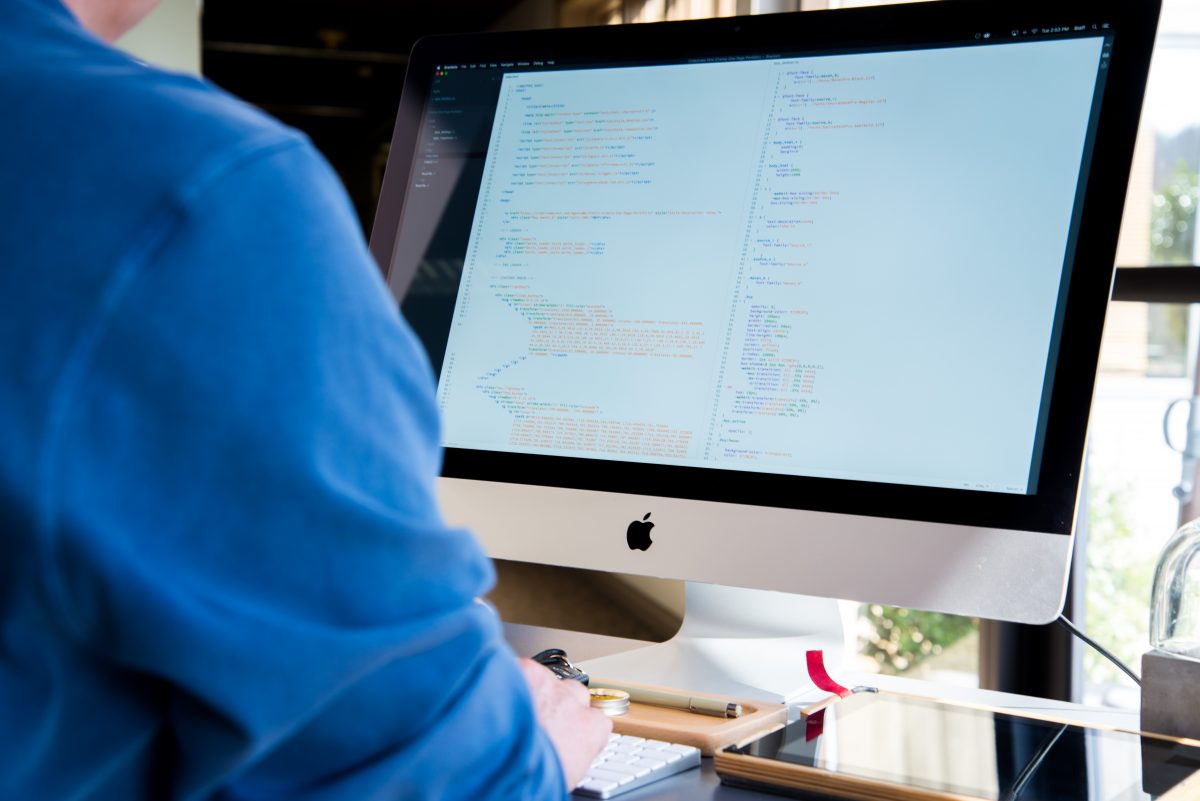
Guide For a Procrastinator to Manage Debt and Finances
The fact that most of the debtors find them in the vicious cycle of debt is primarily because they fall prey to their own devices. One such bad habit is procrastination from time to time. Most people think that they will repay a loan easily and on time and take on a loan but seldom find things happening in their favor or as they wanted to.
This is because most loans, especially the credit card debts carry on huge rate of interest that is accrued on the principal balance. The most worrying part and the most overlooked one as well is that this interest gets accrued at a compound rate that eventually results in a debt amount as high as the sky.
This is when people look for alternative options to repay their debt and get rid of those annoying and often embarrassing collection calls. In such situations they find that there are two most favorable options available:
- One is to consolidate their debts with a bigger loan at a lower rate of interest and longer terms and
- The other is to settle the debt for a reduced amount and pay it off one time or in installments is the creditors allow doing so.

Now, given the fact that the outstanding loan amount will be significantly reduced, most people opt for debt settlement without even knowing much about it or going through the debt settlement reviews to look at the bigger picture and its consequences. This is another mistake that is often committed by the debtors who love to delay debt payments.
Therefore, when it comes to managing your finances you must make sure that you avoid delaying so that things do not quickly become too expensive for you to handle.
Give up procrastination
This is basic. Since your life is busy you will find less time to deal with your debt given the fact that there are lots of things such as the due amount and due date to remember. However, there is no denial of the fact that you will have to pay the price for your delay or forgetting to pay your bills on time by having to pay enormously in the end.
Irrespective of whatever is the reason behind your procrastination, it will lead to a financial mess eventually. Make sure you move it to the forefront of the to-do list. Even if you are a habitual procrastinator, you must make sure that this is a doable thing by espousing a few small changes in your habits to achieve far bigger results down the line.
Better automate things
If you are predisposed to procrastination it is best to automate things as much as possible. This will keep your payments on top of all things and save you from feeling overwhelmed. This is the best approach to take especially if you have multiple creditors to pay every month.
Automating your payments will also help you to avoid late fees and charges. Therefore make sure that you:
- Set up text or email alerts to know when the payments are due
- To know when there are any changes in the minimum payment amount.
You can set up such automatic payments with the lender directly or through the bill pay tool of your bank. All you have to do for this is to make sure that you have enough money in your account so that there are no deficits of funds to cover the amount you owe.
Consolidate your debts
This is one best way for the habitual procrastinators to pay off their multiple bills. This approach will have several benefits to offer such as:
- Your multiple bills will be reduced to only one
- You will have lower payment to make to one single creditor only and
- You will avoid miss outs and therefore accrued interests and fines.
This will make life as well as your finance management much easier offering you a lot of mental peace and lots of sleep at nights.
Credit card management
Most people have multiple credit cards and use all of them in a month and find them in huge debt in the end. As a prudent person, if you are using credit cards for your purchases, make sure that you keep only two credit cards active at any given time.
- One of this should be of lower interest rate so that you can use it for bigger purchases and get a scope to revolve a balance and
- The other credit card to use for anything else including earning rewards.

Make sure that you pay off the balance in full well within the interest-free period.
Assuming that you have multiple high-interest credit card balances, check out whether or not you qualify for a 0% balance transfer. Though most credit card balance transfer will charge you a 3% fee added to your transferred amount, such an approach often makes financial sense, especially if you are prone to procrastination.
Just make sure you create a proper and effective repayment plan to reduce the balance as much as you can within the no-interest period. This will direct all your payments towards the principal till the time the 0% offer is not expired.
Turn to technology
Technology does not only make your work easier and faster but it may also change your behavior as well. This is very helpful for a procrastinator as they find it very difficult relying on their willpower. If you turn to websites and apps it will help you to change your unhealthy behaviors and transform your bad habits into good ones.
There are even a few apps that will aggregate information regarding multiple accounts. These apps will help you to see the amount due and outstanding on a weekly or a monthly basis. Based on the information you can plan your moves accordingly. Just make sure that you set proper reminders so that you can log in regularly.
Remember, dealing with procrastination is difficult but not impossible. All you need to do is break things down into small, simpler and doable tasks to see big improvements in your finances.

























